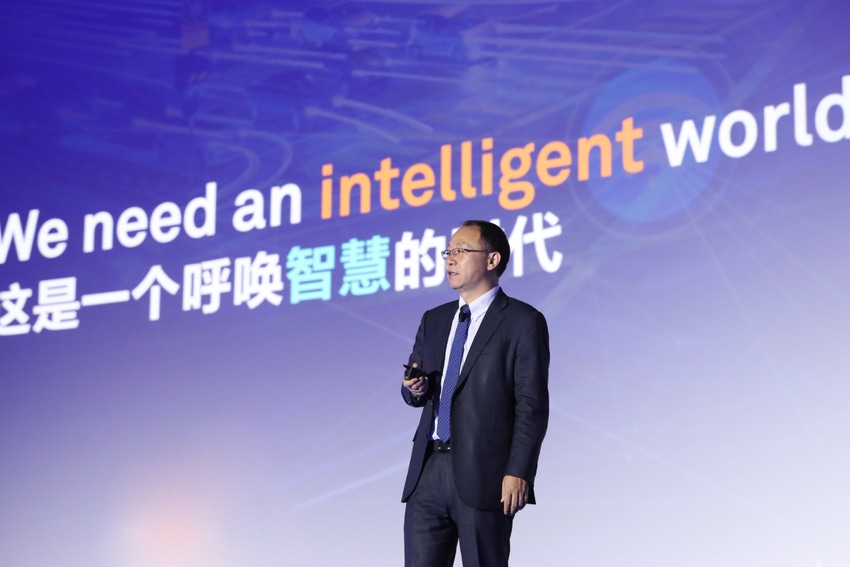Huawei is cashing in on the intelligence buzz with the launch of its All-Intelligent Network.
October 23, 2017

Huawei is cashing in on the intelligence buzz with the launch of its All-Intelligent Network.
The new offering itself was announced at the Ultra-Broadband Forum 2017, and is being marketed on three simple features; intelligent, simple, and superfast – not exactly reinventing the wheel.
“In the physical world, intelligent transportation can address uncertainties in the transport network, such as traffic jams and other inefficiencies,” said David Wang, President of Products & Solutions at Huawei.
“Likewise, the uncertainties of the digital world also need to be addressed through intelligence. Intelligence arises from simplicity, and simplicity accelerates the integration of intelligence into networks.”
Marketing strategies are generally build on one of two emotions; greed or fear. With greed, marketers will promise you the world, and with fear, they promise you the end. Here, Huawei is focusing on the latter. The intelligent and connected world is coming, but most operators lack the agile operation systems which are needed to take advantage of the opportunities. Good use of the FOMO (Fear of Missing Out) card.
But not to worry, Huawei knows how to make you intelligent. The process here is relatively simple on the surface. Automatic to adaptive to autonomous; three baby steps to manage the transition to intelligence.
Automatic means the ability to automatically provision services and automate network deployment and maintenance. Adaptive is built on intelligent analysers on top of automation, to collect real-time network data and perceive network status. Here the network is able to generate and optimize policies based on service and network SLAs. Finally, Autonomous is the enhancement of analysers by introducing AI and machine learning algorithms to enable network self-learning.
This sounds like a sensible message for the Huawei team to convey, which, if we are being honest, is not common practice for vendors. Instead of promising the silver bullet to solve all of the operators problems, the Huawei team are presenting a logical transition, which will take time, but most things worth doing actually do.
How this approach will be received remains to be seen. This step change to intelligence is unlikely to be what the operators want to hear; it will be a longer process, and will probably cost more than what they want to pay. As we have seen in many counties around the world, there are few operators who have the foresight to play the patient long-game.
How many have invested in faster copper alternatives as opposed to biting the fibre bullet? Fibre certainly cost more in the short-term, but when you look at the money spent on ADSL and G.Fast technologies (which some point out are only a temporary solution), the pain of forking out for fibre has only been delayed. Surely this will only result in the total amount of CAPEX being higher?
This is only one example, but there will undoubtedly be others. For once, we have a logical claim from a vendor, which doesn’t seem to over promise, but whether this is received by the operators remains to be seen.
About the Author(s)
You May Also Like








.png?width=300&auto=webp&quality=80&disable=upscale)


_1.jpg?width=300&auto=webp&quality=80&disable=upscale)


.png?width=800&auto=webp&quality=80&disable=upscale)